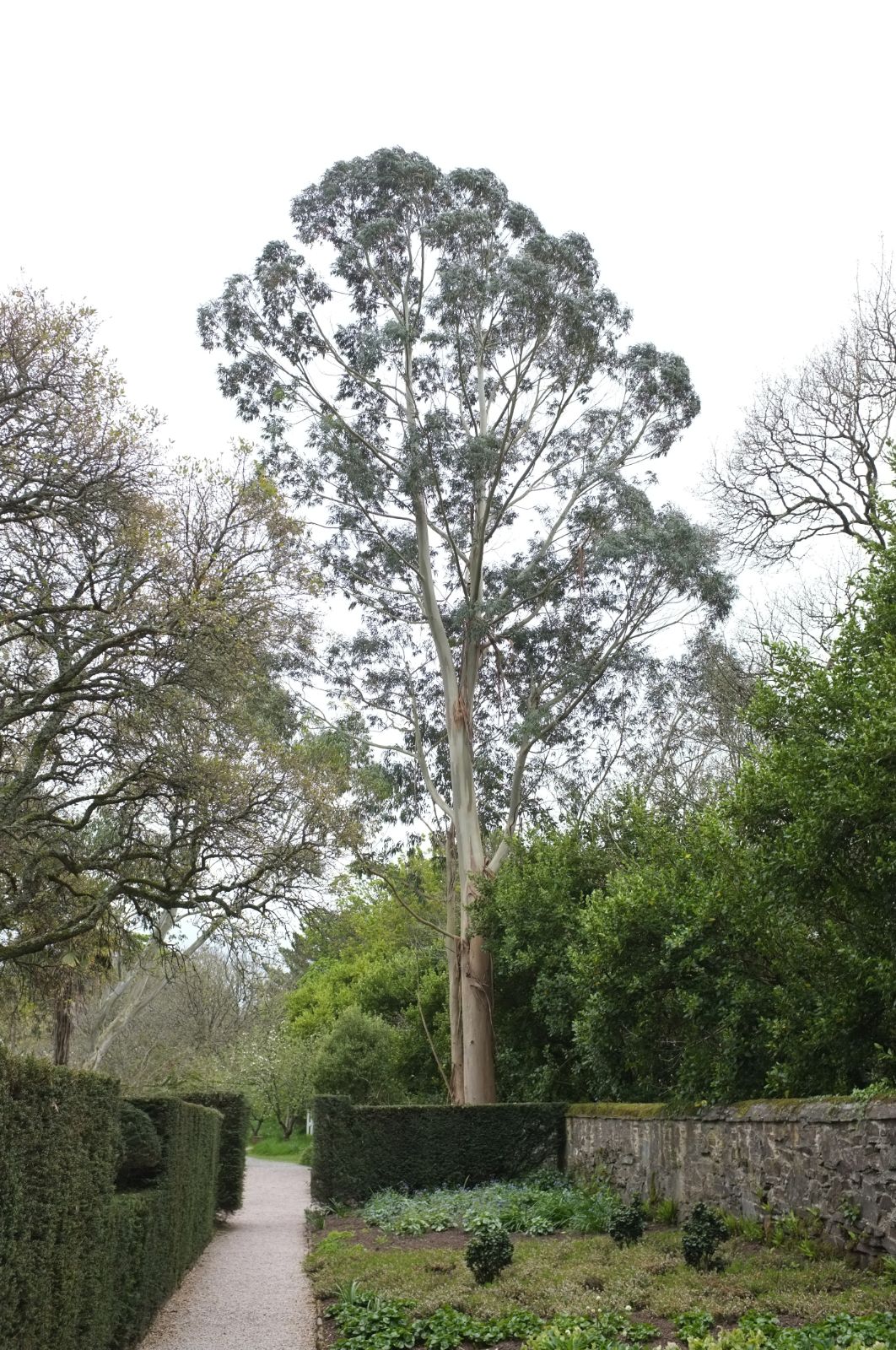Eucalyptus parvula
Credits
Article from Bean's Trees and Shrubs Hardy in the British Isles
Recommended citation
'Eucalyptus parvula' from the website Trees and Shrubs Online (treesandshrubsonline.
Other taxa in genus
- Eucalyptus acaciiformis
- Eucalyptus albida
- Eucalyptus amygdalina
- Eucalyptus archeri
- Eucalyptus blakelyi
- Eucalyptus bridgesiana
- Eucalyptus brookeriana
- Eucalyptus camaldulensis
- Eucalyptus camphora
- Eucalyptus chapmaniana
- Eucalyptus cinerea
- Eucalyptus coccifera
- Eucalyptus cordata
- Eucalyptus crenulata
- Eucalyptus cypellocarpa
- Eucalyptus dalrympleana
- Eucalyptus delegatensis
- Eucalyptus elliptica
- Eucalyptus fastigata
- Eucalyptus fraxinoides
- Eucalyptus globulus
- Eucalyptus gregsoniana
- Eucalyptus gunnii
- Eucalyptus johnstonii
- Eucalyptus kybeanensis
- Eucalyptus lacrimans
- Eucalyptus laophila
- Eucalyptus leucoxylon
- Eucalyptus macarthurii
- Eucalyptus macrorhyncha
- Eucalyptus mannifera
- Eucalyptus melliodora
- Eucalyptus mitchelliana
- Eucalyptus moorei
- Eucalyptus morrisbyi
- Eucalyptus neglecta
- Eucalyptus nicholii
- Eucalyptus nitens
- Eucalyptus nova-anglica
- Eucalyptus obliqua
- Eucalyptus oreades
- Eucalyptus ovata
- Eucalyptus pauciflora
- Eucalyptus praecox
- Eucalyptus radiata
- Eucalyptus regnans
- Eucalyptus remota
- Eucalyptus risdonii
- Eucalyptus rodwayi
- Eucalyptus rubida
- Eucalyptus saligna
- Eucalyptus sideroxylon
- Eucalyptus stellulata
- Eucalyptus subcrenulata
- Eucalyptus tenuiramis
- Eucalyptus urnigera
- Eucalyptus viminalis
A small, densely crowned tree to about 30 ft high, with a smooth, greyish bark. Juvenile leaves opposite, sessile or shortly stalked, ovate to ovate-lanceolate, about 11⁄4 in. long, dark green or somewhat glaucous. Adult leaves stalked, alternate or opposite, linear-lanceolate to ovate-lanceolate, up to 21⁄2 in. long but less than 1⁄2 in. wide. Flowers in umbels of four to seven on a short common-stalk; buds elliptical, about 1⁄5 in. long. Fruits hemispherical, slightly contracted at the apex.
Native of New South Wales, confined to one locality, where it grows at 3,500 to 5,000 ft. It is one of the hardiest species and makes an elegant small tree. Mr Barnard records that of over three hundred plants of a high-altitude provenance raised by him in S. Devon only three were killed in the winter of 1962–3. A specimen thrived for many years in the chalky soil of Messrs Hilliers’ West Hill nursery.
E. nicholii Maiden & Blakely – This species is certainly tender but few eucalypts are more beautiful in the young state. The juvenile leaves are very narrow (1⁄4 in. or less wide) and about 2 in. long and coated, like the young stems, with a purple bloom. It makes an elegant tree to 100 ft high, easily distinguished from E. parvifolia by the persistent, fibrous bark. Native of New South Wales.
From the Supplement (Vol. V)
There are two examples of this species at Kew: pl. 1961, 38 × 31⁄2 ft and, pl. 1972, 44 × 2 ft (1981).
E. nicholii – An example at Abbotsbury, Dorset, measures 46 × 21⁄4 ft (1980). Closely allied to this species and described earlier is E. acaciiformis Deane & Maiden. It occurs in the same area as E. nicholii, differing chiefly in its broader leaves (Brooker and Kleinig, op. cit., No. 149). It was introduced to Kew in 1972.

